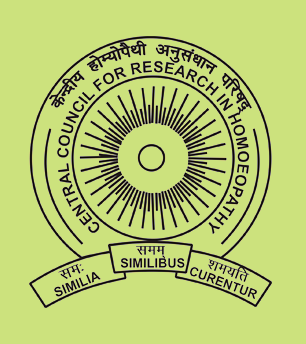Indian Journal of Research in Homoeopathy
Keywords
Bryonia alba, Chikungunya, Genus epidemicus, Homoeopathy, Prophylactic
Article Type
Original Article
Abstract
Objective: The objective was to assess the usefulness of homoeopathic genus epidemicus (Bryonia alba 30C) for the prevention of chikungunya during its epidemic outbreak in the state of Kerala, India. Materials and Methods: A cluster- randomised, double- blind, placebo -controlled trial was conducted in Kerala for prevention of chikungunya during the epidemic outbreak in August-September 2007 in three panchayats of two districts. Bryonia alba 30C/placebo was randomly administered to 167 clusters (Bryonia alba 30C = 84 clusters; placebo = 83 clusters) out of which data of 158 clusters was analyzed (Bryonia alba 30C = 82 clusters; placebo = 76 clusters) . Healthy participants (absence of fever and arthralgia) were eligible for the study (Bryonia alba 30 C n = 19750; placebo n = 18479). Weekly follow-up was done for 35 days. Infection rate in the study groups was analysed and compared by use of cluster analysis. Results: The findings showed that 2525 out of 19750 persons of Bryonia alba 30 C group suffered from chikungunya, compared to 2919 out of 18479 in placebo group. Cluster analysis showed significant difference between the two groups [rate ratio = 0.76 (95% CI 0.14 - 5.57), P value = 0.03]. The result reflects a 19.76% relative risk reduction by Bryonia alba 30C as compared to placebo. Conclusion: Bryonia alba 30C as genus epidemicus was better than placebo in decreasing the incidence of chikungunya in Kerala. The efficacy of genus epidemicus needs to be replicated in different epidemic settings.
Digital Object Identifier
10.4103/0974-7168.141739
Publisher
Wolters Kluwer India Pvt. Ltd.
How to cite this article
Janardanan Nair K, Gopinadhan S, Sreedhara Kurup T, et al. Homoeopathic Genus Epidemicus ′Bryonia alba′ as a prophylactic during an outbreak of Chikungunya in India: A cluster -randomised, double -blind, placebo- controlled trial. Indian J Res Homoeopathy 2014;8:160-165. doi: 10.4103/0974-7168.141739

- Citations
- Citation Indexes: 9
- Policy Citations: 2
- Usage
- Downloads: 434
- Abstract Views: 311
- Captures
- Readers: 30


